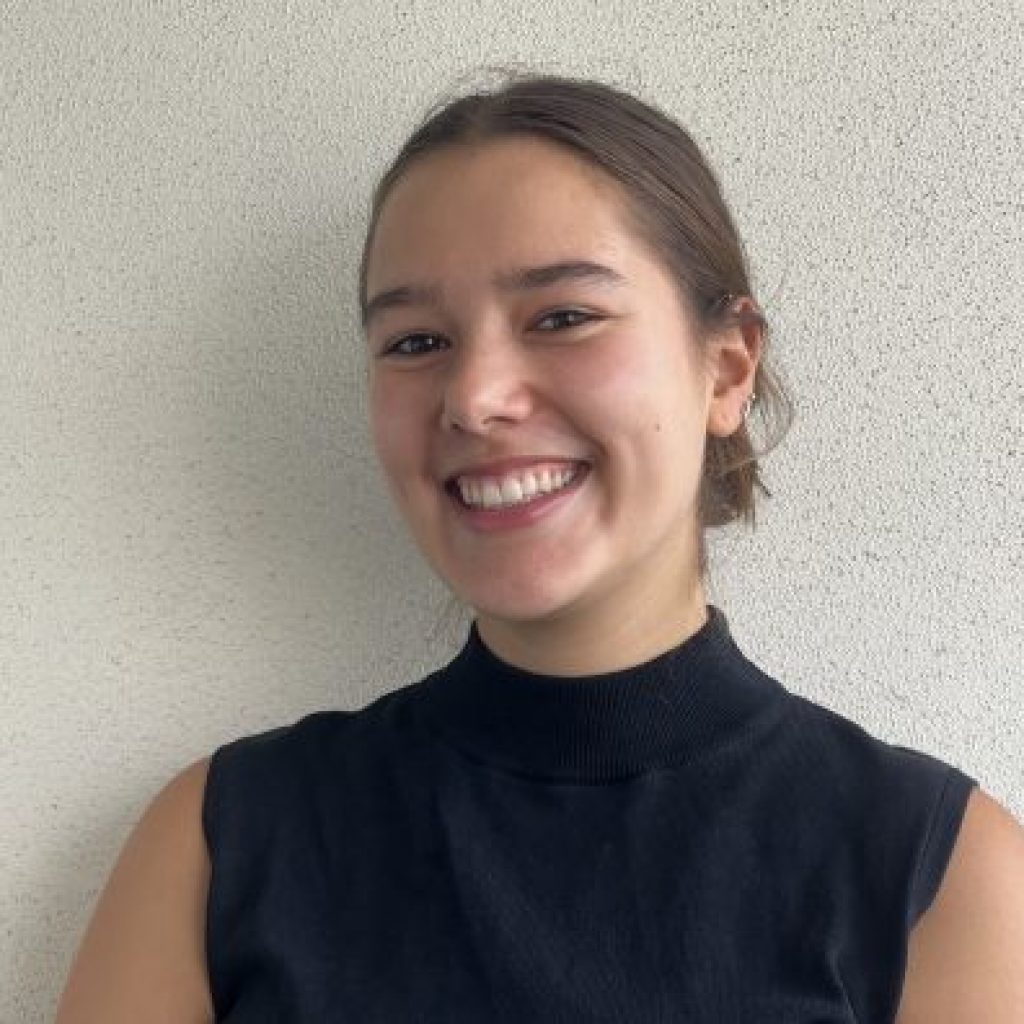As I see it, according to the media, finding “love” is the number one way to bring meaning to one’s life. It sounds ideal, find something you love, and you’ll be happy. Doesn’t EVERYONE want to be happy? Putting the search for love aside, when I first thought about it, I hated to be the cynic who asks, would it even be possible for the whole world, almost 8 billion people, to be happy in their lives? The way things stand at this point in time, it’s not reality. Of course, not everyone is happy! In my personal and entirely unprofessional opinion, I assume it’s near impossible to achieve in the foreseeable future. Though a whole world of happy people would be amazing. I mean, every human is so different, an average day in the life as a person on planet earth would be difficult to describe. Hence, the meaning of happiness and love would look quite different for each person. We probably have a myriad of definitions for happy, ranging from simply content to ecstatic, and just as many individual versions of love. The thing is now I guess finding what you as an individual love. For the purpose of my mathematics blog, it’s not crazy to predict I am going to talk about my personal love of mathematics.
Like “happiness”, “work-life balance” and “meaningful jobs” are thrown around almost every career discussion I have ever had. Choosing something to do once I left high school was my first real experience with chasing happiness. People told me to do what I loved. Because at the ripe old age of 17 I wasn’t prepared to openly tell people I loved maths, I ended up going for something that I found “least miserable”. However, 20 minutes into my first class with 3 new friends I realised it wasn’t shameful nor uncommon to genuinely enjoy learning mathematics. I am now nearly finished my undergraduate degree, and I am no longer embarrassed to say that I am happily studying mathematics, and I love it. I love the feeling of solving something I have been stuck on for a good minute; the joy I get when something that used to be difficult comes easily; practicing the same methods repeatedly to be sure I won’t forget them. It was the same feeling I used to get when I competed in sports, and the feeling I got when my sister and I would halve two different flavours of ice-cream on a Thursday afternoon when my grandma picked us from school. But one love was traded in for another, and now I find happiness in my workbook rather than on the court or in a cone. I don’t worry too much about staying late studying because I love it. So, from one human to another, I hope you find what you love, and I hope it brings you happiness. If what you love happens to be mathematics, know you are not alone!
ABSTRACT:
Tissue growth experiments on 3D-printed porous scaffolds can be modelled using reaction–diffusion Partial Differential Equations [PDEs]. A generalised expression for the asymptotic prediction for the relationship between velocity and curvature was developed and a velocity–curvature analysis previously performed for linear diffusion was extended to include nonlinear diffusion.
Nina Hadzivukovic
Queensland University of Technology

